David Löschenbrand
Towards Cell-Free Massive MIMO: A Measurement-Based Analysis
Jul 04, 2022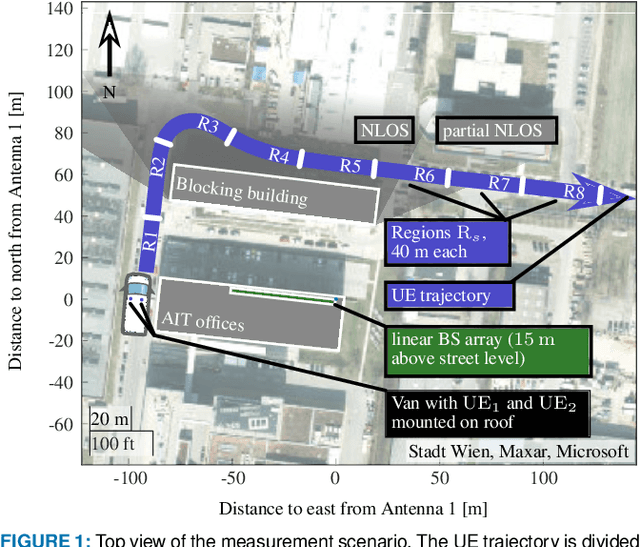
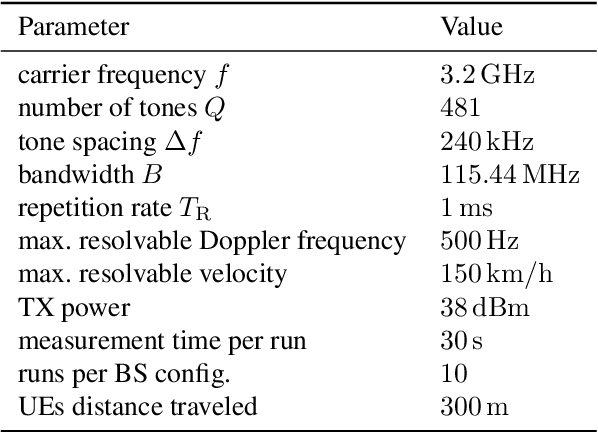
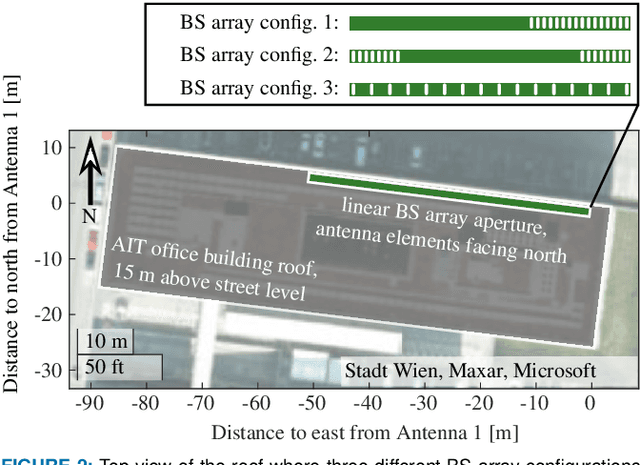
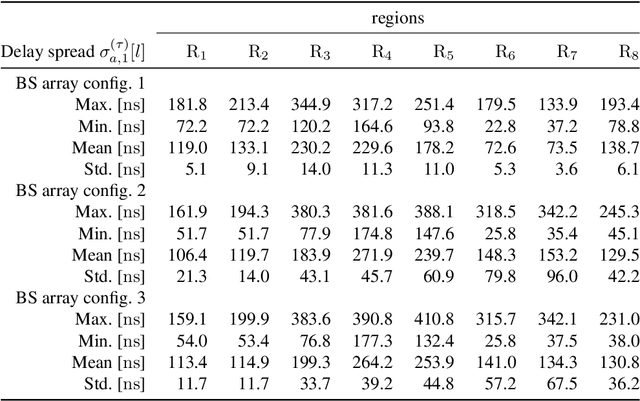
Abstract:Cell-free widely distributed massive multiple-input multiple-output (MIMO) systems utilize radio units spread out over a large geographical area. The radio signal of a user equipment (UE) is coherently detected by a subset of radio units (RUs) in the vicinity of the UE and processed jointly at the nearest baseband processing unit (BPU). This architecture promises two orders of magnitude less transmit power, spatial focusing at the UE position for high reliability, and consistent throughput over the coverage area. All these properties have been investigated so far from a theoretical point of view. To the best of our knowledge, this work presents the first empirical radio wave propagation measurements in the form of time-variant channel transfer functions for a linear, widely distributed antenna array with 32 single antenna RUs spread out over a range of 46.5 m. The large aperture allows for valuable insights into the propagation characteristics of cell-free systems. Three different co-located and widely distributed RU configurations and their properties in an urban environment are analyzed in terms of time-variant delay-spread, Doppler spread, path loss and the correlation of the local scattering function over space. For the development of 6G cell-free massive MIMO transceiver algorithms, we analyze properties such as channel hardening, channel aging as well as the signal to interference and noise ratio (SINR). Our empirical evidence supports the promising claims for widely distributed cell-free systems.
Multi-Link Vehicular Wireless Channel Modelling: Impact of Large Obstructing Vehicles
Mar 11, 2021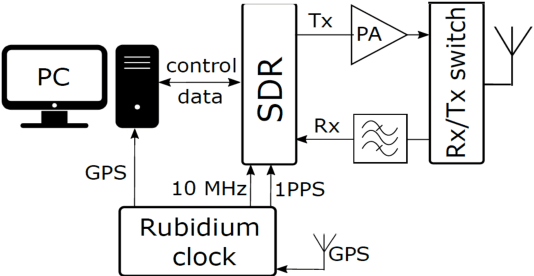

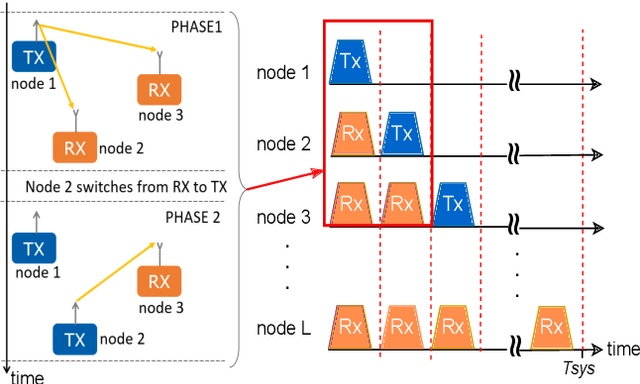

Abstract:Multi-node channel sounding simultaneously captures multiple channel transfer functions in complex scenarios. It ensures that measurement conditions are identical for all observed links. This is particularly beneficial in analyzing highly-dynamic vehicular communication scenarios, where the measurement conditions and wireless channel statistics change rapidly. We present the first fully mobile multi-node vehicular wireless channel sounding results. We analyze the impact of a double-decker bus on the channel statistics in two measurement scenarios. The measurement data is used to calibrate an OpenStreetMap geometry-based stochastic channel model and include a more accurate modeling for large vehicles, absent from previous models. We validate our model using a link-level emulation, demonstrating a good match with measurement data. Finally, we propose a relaying scenario and test it on link-level by comparing the time-variant error rates of measured links.
 Add to Chrome
Add to Chrome Add to Firefox
Add to Firefox Add to Edge
Add to Edge